The extraordinary journey of the Arctic fox
Arctic foxes can move from the Atlantic to the Pacific for several months.
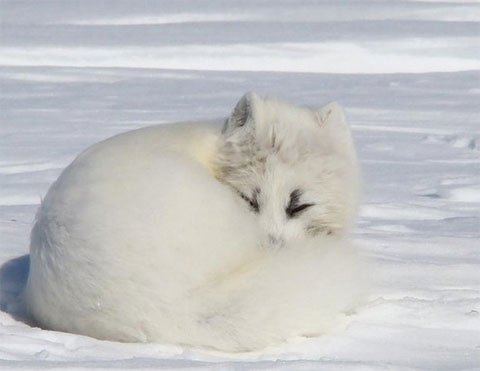
Scientists from the University of Quebec, Canada have followed the Arctic fox on Bylot Island in Canada's Sirmilk National Park for about a year.
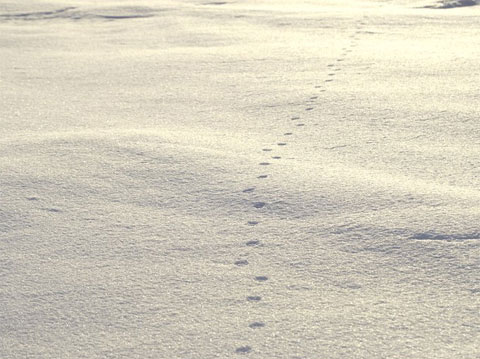
They found a female fox who had 4,600 km in 5 and a half months. On average, it moves 90 km per day.
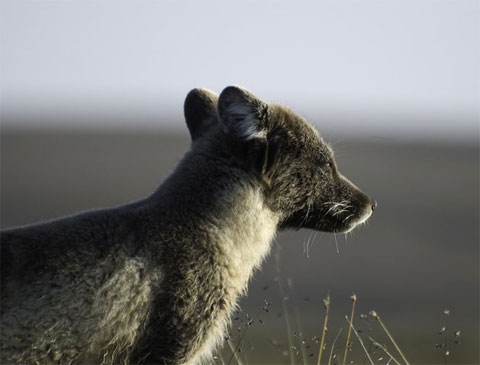
Research shows that people miss the road very well. The fox could leave the nest in the winter, migrate to a place 600 km away and return to the nest the following summer.
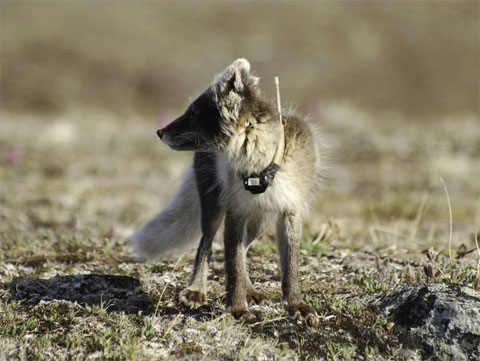
Scientists attach signal generators to monitor foxes via artificial satellites.
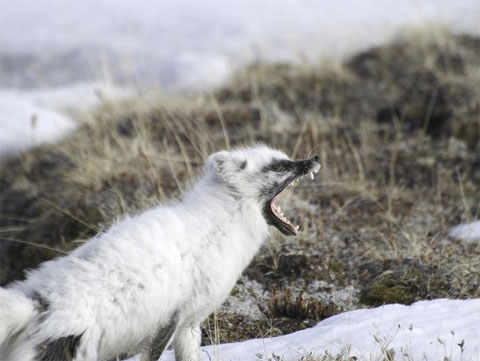
Arctic foxes spend a lot of time on resting and foraging on ice. Thus the melting of the ice due to climate change will have serious consequences for them.
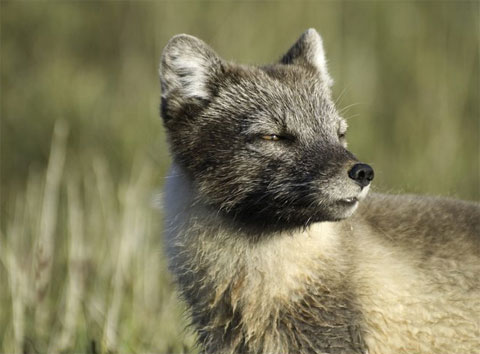
They shed their feathers twice a year. In winter, their fur is as white as snow, and in summer the coat turns gray. Arctic fox fur has better thermal insulation than white bear.
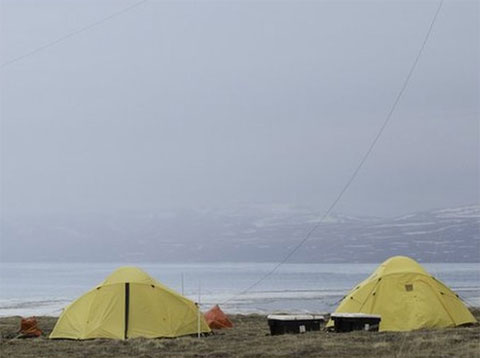
The research camps on Bylot Island. They must use helicopters to carry equipment and food.

Scientists catch foxes or traps. After anesthesia they took samples of their blood, feathers and claws.

The Arctic fox has an enemy that is a red fox. In pictures, two red foxes play around their nests.

The Arctic fox food variety is very diverse. They love to catch lemming. This fox is sparing two children lemming back to their cubs.

The team encountered many difficulties in determining the age of the Arctic fox. Current teeth are the only thing that provides clues about their age. However, Arctic foxes rarely show off like this.
- Journey of 'tailing' of Arctic walrus
- Video: Journey by three round trips to the Moon of the Arctic Circle
- Shocked, snow foxes exceeded 3,500km in just 76 days
- Interesting facts about animals living in the Arctic
- Arctic sea ice area is at a record low
- Every second 14,000 tons of water flows into the sea because the Arctic ice melts
- The volume of ice in the Arctic drops to a record low
- The Arctic lost three times as much ice as Belgium every day
- Arctic ice is melting record fast
- Suffering from autism, many geniuses show extraordinary abilities
- Perennial ice in the Arctic is disappearing
- Volcano under the Arctic ice
 The 11 most unique public toilets in the world
The 11 most unique public toilets in the world Explore the ghost town in Namibia
Explore the ghost town in Namibia Rare historical moments are 'colored', giving us a clearer view of the past
Rare historical moments are 'colored', giving us a clearer view of the past The world famous ghost ship
The world famous ghost ship A boy went to glean rice and found 3 strange pots, the expert was startled when he saw a 'nine-tailed fox'
A boy went to glean rice and found 3 strange pots, the expert was startled when he saw a 'nine-tailed fox'  Ancient foxes were domesticated and kept as pets 1,500 years ago
Ancient foxes were domesticated and kept as pets 1,500 years ago  'Call the soul' and some huge super tricks in Western history
'Call the soul' and some huge super tricks in Western history  Shocked, snow foxes exceeded 3,500km in just 76 days
Shocked, snow foxes exceeded 3,500km in just 76 days  It is true that girls can talk to the dead
It is true that girls can talk to the dead  Hunt for evidence of aliens
Hunt for evidence of aliens 